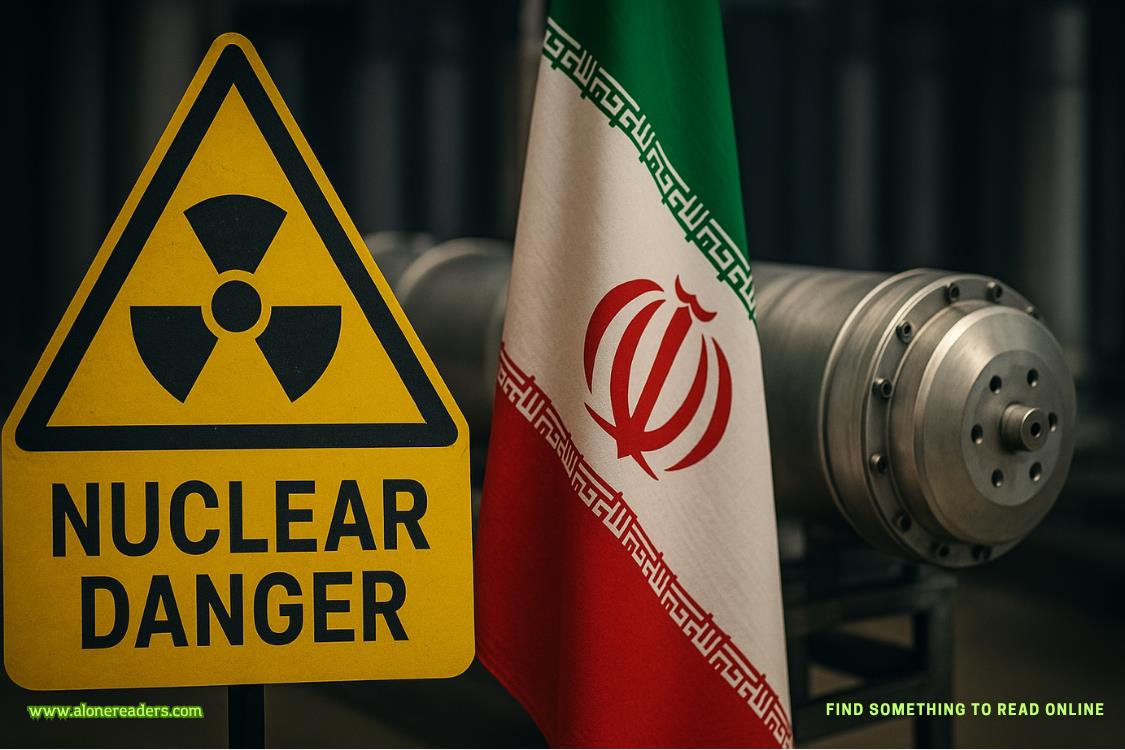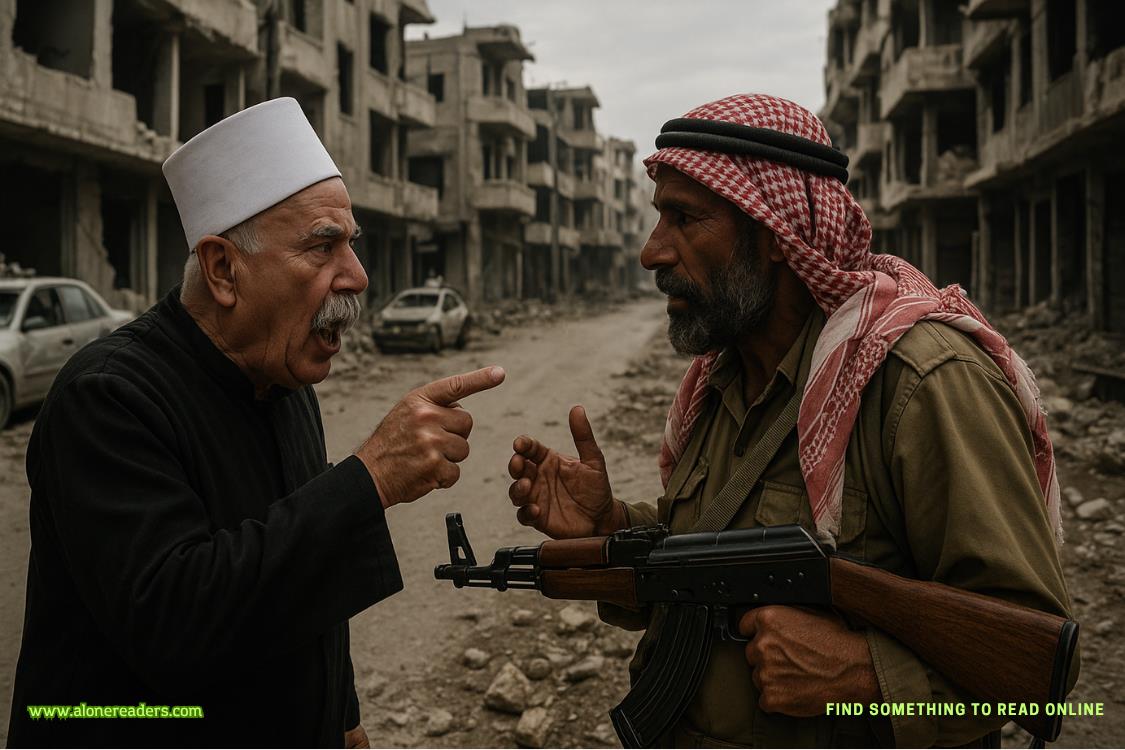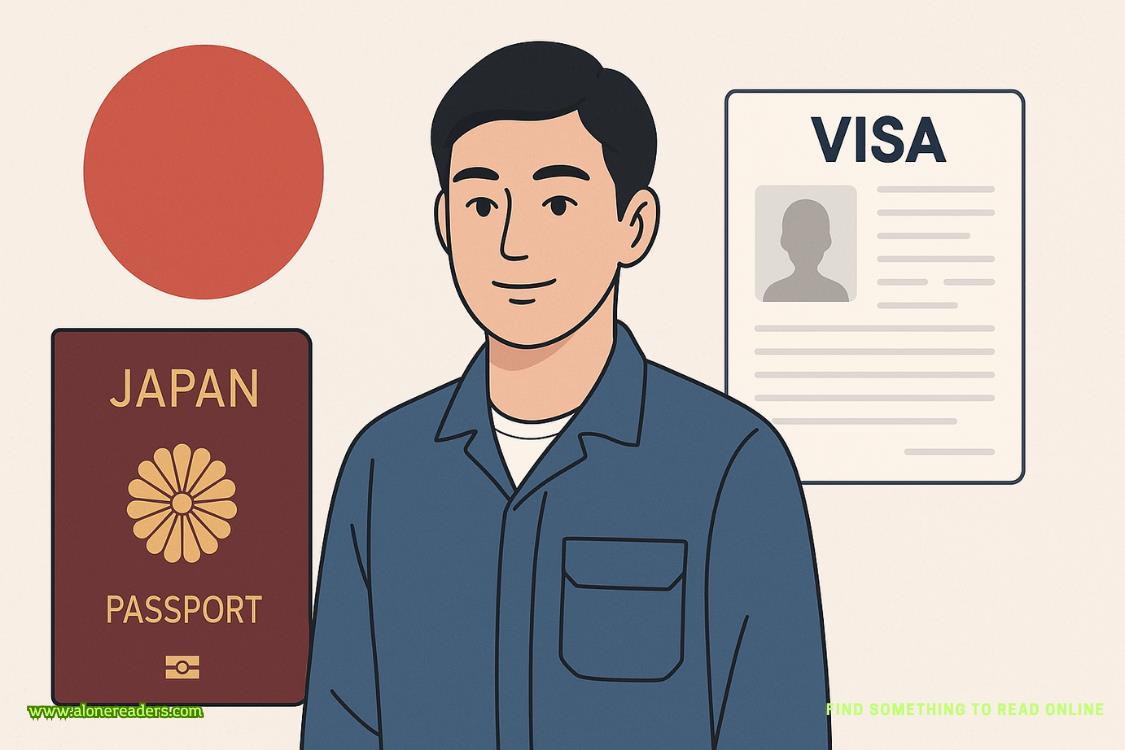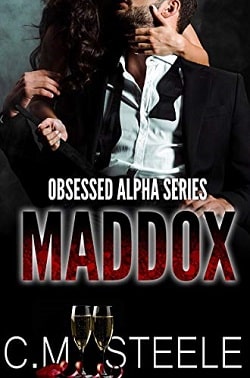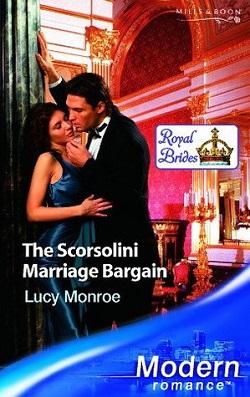“Why were you late?”
“My flight was delayed at Heathrow by a mechanical problem. I sent her an email explaining the situation, and she assured me that she would wait. But by the time I arrived, there was no sign of her. I spent the night in a little hotel near the Piazza San Marco and returned to London the next morning, certain that I had been the target of an elaborate practical joke.”
“Did you try to make contact with her again?”
“Several times.”
“And?”
“Radio silence.”
“Now we know why,” said Gabriel. “If I had to guess, she was murdered a few hours after she left that café.”
“By whom?”
“First things first, Amelia.”
“Her identity?” Amelia thumbed through the contacts on her phone. “It shouldn’t be too hard to figure out who she was. After all, we know what she looked like and where she earned her graduate degree.”
“May I ask who you’re calling?”
“The director of the Courtauld Gallery. He’s one of my better sources.”
“Please don’t,” said Gabriel.
“Why not?”
“Because good things come to those who wait.”
She slid the phone into her handbag. “Don’t forget about me, Mr. Allon. Otherwise I’m going to write a very long profile about you. It will include all the material that came over the transom after my original story appeared. You have quite a track record in the art world. Especially here in London.”
“Trust me, Amelia. You don’t know the half of it.”
“Can I quote you on that?”
***
Gabriel rang Dr. Geoffrey Holland, the esteemed director of the Courtauld Gallery, while hurtling along Bayswater Road in the back of a taxi. He explained that he had popped into London on short notice and was wondering whether Holland had a spare moment or two. The director assumed it had something to with the painting propped on the easel in Gabriel’s studio in Venice. Gabriel did nothing to disabuse him of the notion.
“I’ll meet you in the café at half past four,” said Holland before ringing off. “I believe you know where to find it.”
The prestigious Courtauld Institute of Art and its affiliated gallery were located in Somerset House, a palatial Renaissance complex located along a recently pedestrianized portion of the Strand. Gabriel spent a pleasant forty-five minutes roaming the exhibition rooms before making his way downstairs to the café. Geoffrey Holland, in a Savile Row suit and necktie, arrived at the stroke of four thirty. He was nothing if not punctual.
They ordered tea at the counter and sat down at a table near the window. Gabriel showed Holland a photograph depicting the currentcondition of the Florigerio. The director was clearly displeased by the rate of Gabriel’s progress.
“You assured me that the restoration would take no more than three months.”
“I’m sorry, Geoffrey, but I received a better offer. One that actually pays.”
“The Titian?”
Gabriel nodded.
“We had a deal,” said Holland. “I allowed you to see that surveillance video, and you agreed to clean my Florigerio. Free of charge, I might add, and in a timely fashion.”
The video in question had been shot in this very room and had implicated the wife of the British home secretary in the murder of an art historian from Oxford. The resulting scandal had been one of the worst in British political history. The minor role in the affair played by the esteemed director of the Courtauld Gallery had never come to light. Neither had Gabriel’s.
“Don’t worry, Geoffrey. I intend to keep my end of the bargain. In the meantime, however, I require your assistance on an unrelated matter.”






